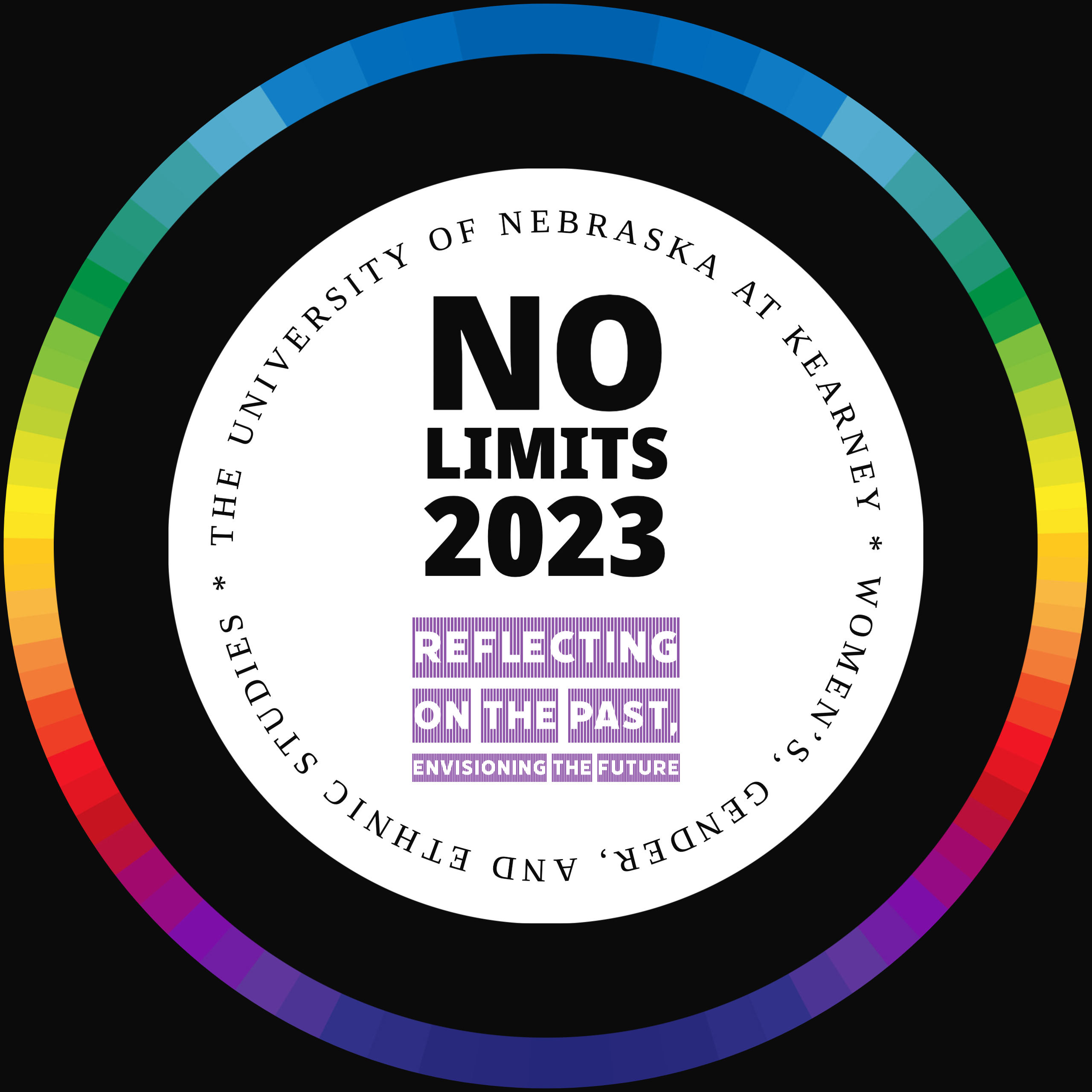"You Make Me Feel (Mighty Real)": The Effect of HIV/AIDS on Continuity and Creation of Gay Male Sexual Subcultures
Location
Ponderosa Room C
Presentation Type
Presentation
Presentation Topic
AIDS & HIV
Start Date
3-3-2023 1:25 PM
Event Sort Order
32
Abstract
Most of the historiography of the HIV/AIDS crisis gives the event a nice beginning and end date. Beginning with the CDC/New York Times announced the “rare cancer” found in gay men in 1982 and ended with the rollout of antiretroviral therapy treatments in 1996. This tidy beginning and end have made for a common understanding that the queer community and queer culture can be split up into before the crisis and after the crisis. Further, this outdated understanding of the HIV/AIDS crisis leads to a belief that the only thing that queer people did during the height of the crisis was hunker down and survive. This kind of rhetoric is supported by works like David France’s How to Survive a Plague. The “plague” is not over, as activist and historian Sarah Shulman argues in her work Let The Record Show the Political History of ACT UP New York. This project argues that there are not "before the crisis" and "after crisis" queer communities, that the sex did not stop, and that the investigation of gay male sexual subcultures will show continuity and creation that could not happen if there was a straightforward divide between eras. The resilience of the Leather community challenges the idea that there can be a “before” and “after” understanding of the community. The creation of the Bear community shows that not only was cultural creation happening at the height of the HIV/AIDS crisis, it was happening in response to the crisis and outside of an activist agenda.
"You Make Me Feel (Mighty Real)": The Effect of HIV/AIDS on Continuity and Creation of Gay Male Sexual Subcultures
Ponderosa Room C
Most of the historiography of the HIV/AIDS crisis gives the event a nice beginning and end date. Beginning with the CDC/New York Times announced the “rare cancer” found in gay men in 1982 and ended with the rollout of antiretroviral therapy treatments in 1996. This tidy beginning and end have made for a common understanding that the queer community and queer culture can be split up into before the crisis and after the crisis. Further, this outdated understanding of the HIV/AIDS crisis leads to a belief that the only thing that queer people did during the height of the crisis was hunker down and survive. This kind of rhetoric is supported by works like David France’s How to Survive a Plague. The “plague” is not over, as activist and historian Sarah Shulman argues in her work Let The Record Show the Political History of ACT UP New York. This project argues that there are not "before the crisis" and "after crisis" queer communities, that the sex did not stop, and that the investigation of gay male sexual subcultures will show continuity and creation that could not happen if there was a straightforward divide between eras. The resilience of the Leather community challenges the idea that there can be a “before” and “after” understanding of the community. The creation of the Bear community shows that not only was cultural creation happening at the height of the HIV/AIDS crisis, it was happening in response to the crisis and outside of an activist agenda.






Presenter Bio
Jake Whitney is a graduate student studying history at UNK. He plans on continuing his study of queer subcultures after graduating in the summer. He spent a couple of summers in upstate New York as a lakefront lifeguard.